How to Solve ‘wscsvc.dll is missing’ in Various Quick & Easy Ways
Experiencing the “wscsvc.dll is missing” error can be frustrating, especially if you’re not familiar with system files and their importance. But there’s no need to panic! We’ve put together a detailed guide to help you navigate this issue and get your computer back on track.
What is wscsvc.dll?
The wscsvc.dll is a DLL (Dynamic Link Library) file developed by Microsoft. It plays a crucial role in the Windows Operating System, particularly with the Windows Security Center Service. If this file goes missing or gets corrupted, it can disrupt the smooth functioning of certain programs or the system itself.
Why does the “wscsvc.dll is missing” error occur?
There are several reasons you might encounter this error:
- The wscsvc.dll file might have been accidentally deleted.
- Issues with the Windows registry could be causing the error.
- Malicious software might have corrupted or removed the file.
- The file might have been incorrectly installed or updated.
With a clearer understanding of the problem, let’s delve into the solutions to address this error effectively.
How to fix wscsvc.dll is Missing error?
- Reinstall the Program
- Download wscsvc.dll
- Update Drivers
- Automatic Repair with Utility Tools
- Use System File Checker (SFC)
- Perform a System Restore
- Scan for Malware with an Antivirus
- Manual Registration of wscsvc.dll
- Use Windows Defender
1. Reinstall the Program
1. Identify the program causing the error.
2. Navigate to Control Panel, then go to Programs and select Uninstall a program.
3. Locate the problematic program, right-click, and select Uninstall.
4. Once Uninstalled, Reinstall the program from its original source or trusted platform.
2. Download wscsvc.dll
1. Obtain the wscsvc.dll file from a trusted source.
2. Ensure you download the version compatible with your system (32-bit or 64-bit).
3. Place the downloaded file in the directory where the program reporting the error is located or in the C:\Windows\System32 folder.
3. Update Drivers
1. Right-click on the Start button and select Device Manager.
2. Browse through the list of devices and identify any with a yellow triangle (indicating outdated or problematic drivers).
3. Right-click on the device and select Update driver.
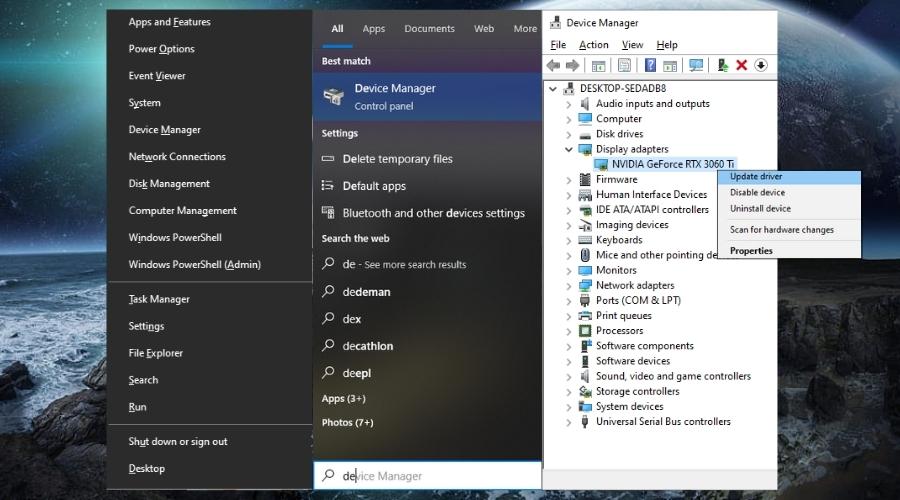
4. Follow the prompts to search for and install any available updates.
Tip: If you are looking to boost your overall PC performance, check out these best PC tune up tools.
4. Automatic Repair with DLL Fixing Tools
Corrupted or Missing DLL files can lead to various software-related issues and system problems. The good thing is that Fortect replaces missing DLLs and also repairs the entire Windows Registry.
1. Download and Install Fortect on your device.
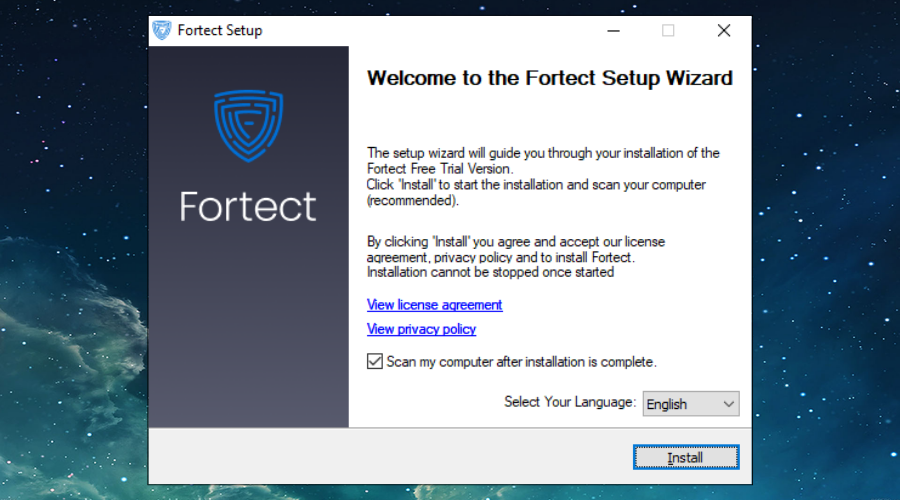
2. Launch the software and Start scanning.
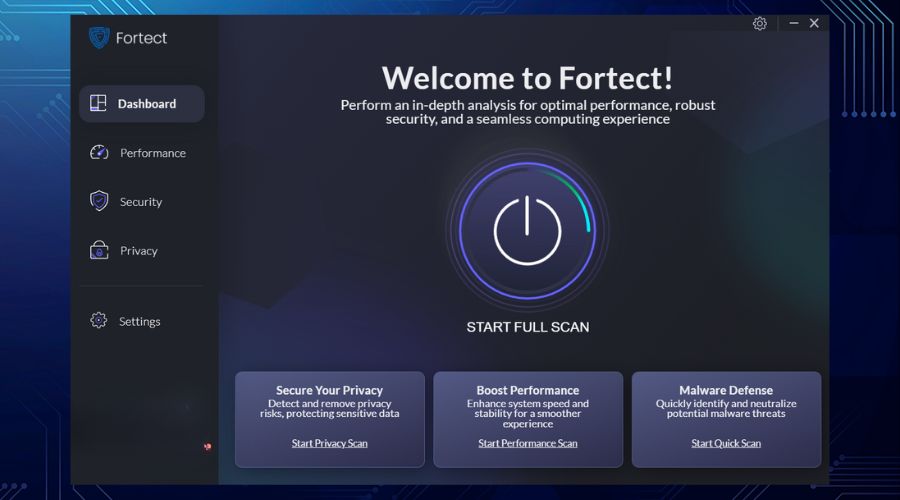
3. Fortect will detect the missing DLL files.
4. Click on Start Repair to start replacing DLLs automatically with working versions from its database.
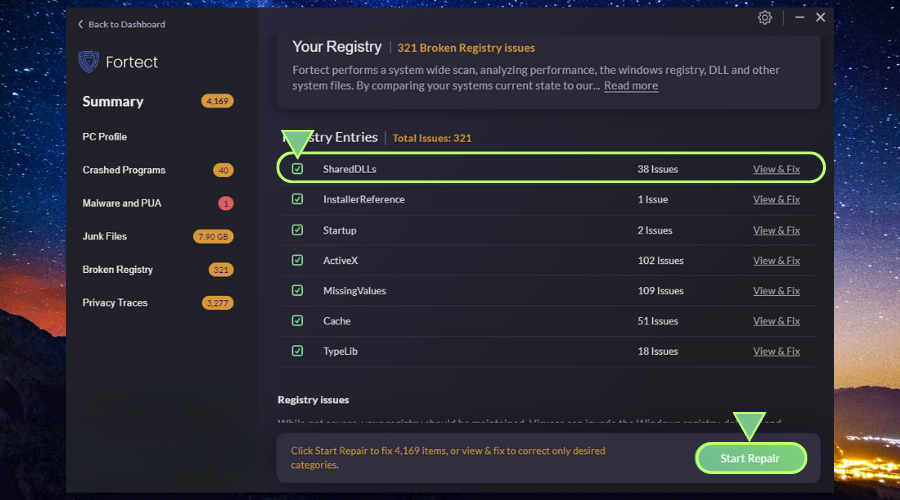
5. Fortect’s DLL fixer tool offers a robust and comprehensive solution for all your DLL-related problems, eliminating the need for manual troubleshooting and reducing the risk of further system damage.
Additional tools: You could also check this list of the best DLL fixers.
5. Use System File Checker (SFC)
1. Open the command prompt as an administrator
2. Right-click the Start button and select Command Prompt (Admin).
3. Type sfc /scannow and press Enter.
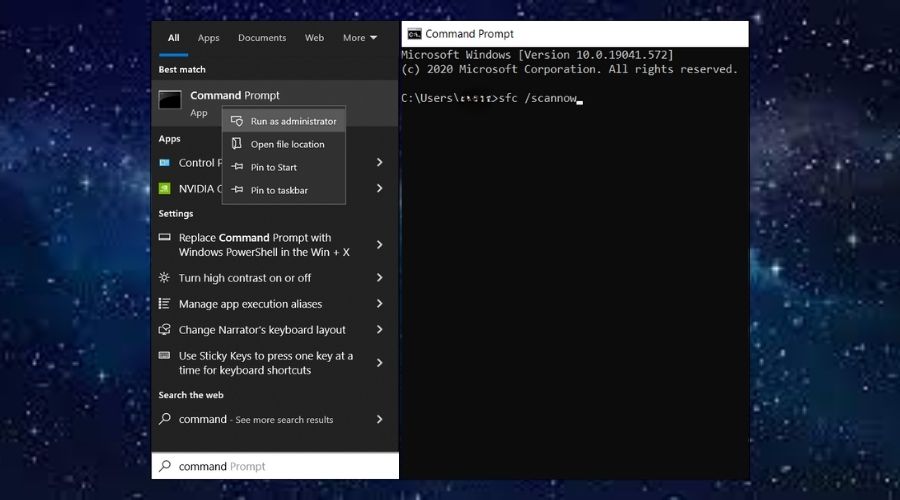
4. Allow the process to complete and follow any on-screen instructions.
6. Perform a System Restore
1. Type System Restore in the Windows search bar and select Create a restore point.
2. In the System Properties window, click on the System Restore button.
3. Follow the on-screen instructions, selecting a restore point from before the error started appearing.
Additional resource: You might also encounter other missing DLL problems, such as vcomp.dll not found or mf.dll missing on Windows. Fortunately, they can be fixed quickly.
7. Scan for Malware with an Antivirus
1. Download and install a reputable antivirus program.
2. Launch the program and initiate a Full System Scan.
3. Follow the software’s recommendations for any detected threats.
Interesting fact: Did you know that malware damage could increase the potential of DLL hijacking?
8. Manual Registration of wscsvc.dll
1. Copy the wscsvc.dll file to the C:\Windows\System32 folder.
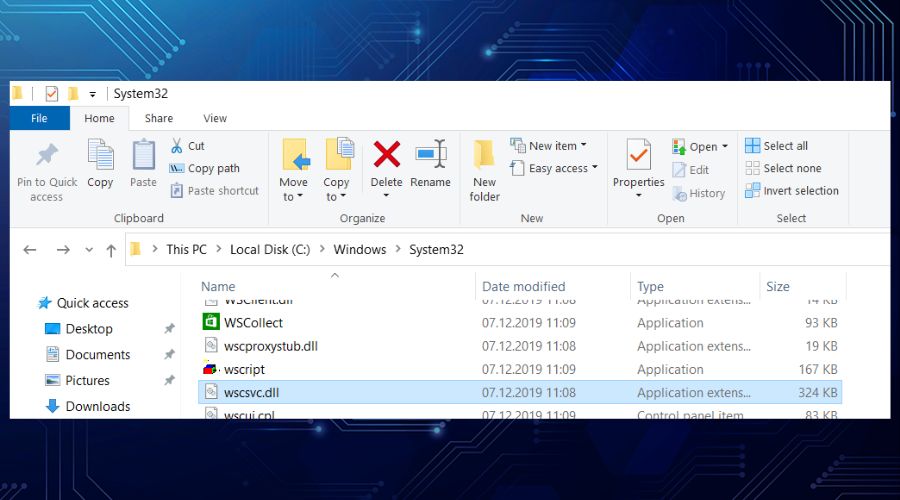
2. Open the Command Prompt as an administrator.
3. Type regsvr32 wscsvc.dll and press Enter.
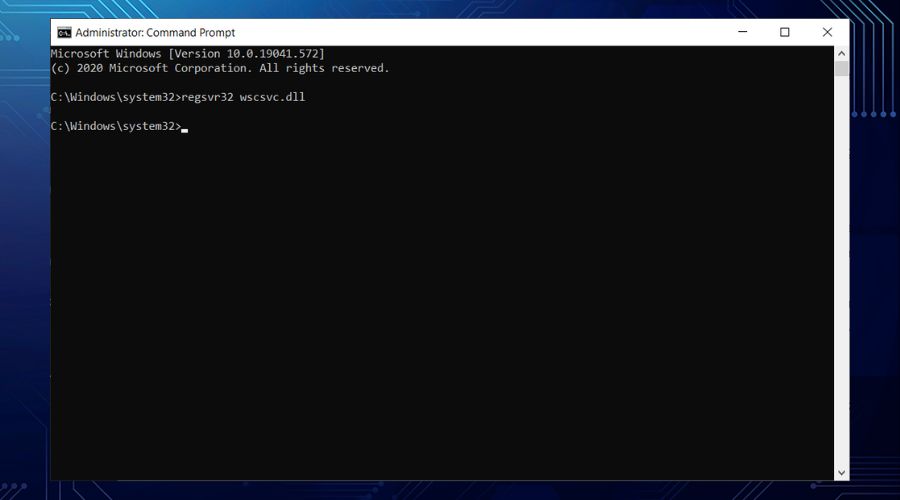
9. Use Windows Defender
1. Open Windows Settings and navigate to Update & Security then go to the Windows Security tab.
2. Click on Virus & threat protection and then Quick Scan or Full Scan, depending on your preference.
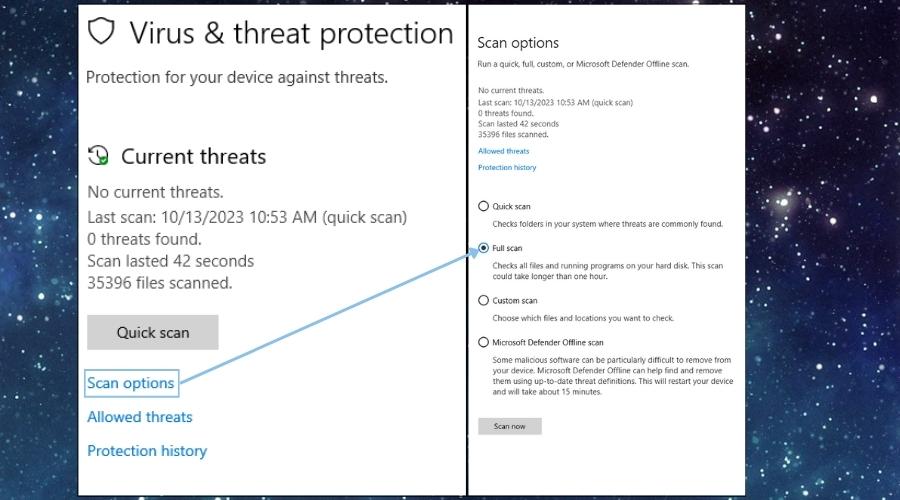
Advice: Stay away from the following PC tune-up software. They could contain malware.
By following these solutions step by step, you should be able to resolve the “wscsvc.dll is missing” error. Always remember to back up your data before making significant changes to your system, and when in doubt, seek assistance from professionals or trusted sources.


![[Solved] Xinput1_4.dll is Missing From Your Computer Error](https://wp-cdn.fortect.com/uploads/2023/10/18091046/Xinput1_4.dll-is-Missing-Error-425x300.jpg)

